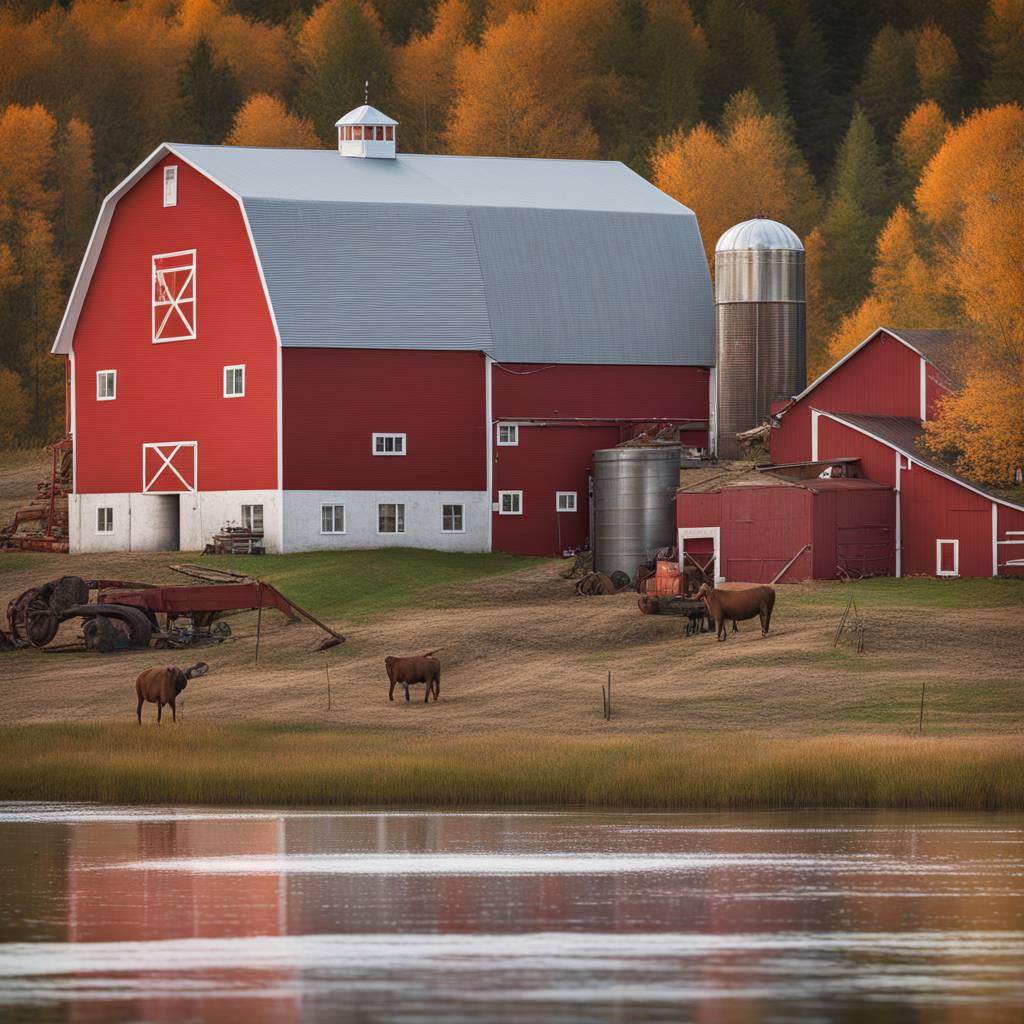Climate change is having a significant financial impact on the agriculture industry in Canada, exemplified by the recent budget documents released by the government of Saskatchewan which show a $1 billion surplus has turned into a $482 million deficit due to drought and increased crop insurance payouts. Experts predict that as climate change continues to pressure agricultural production, the cost of supporting farmers through government programs will rise, with more frequent natural disasters affecting yields and profits. Crop insurance is a key aspect of risk management for farmers across the country, helping cover production losses due to natural hazards like drought, flood, excessive heat, and more.
Extreme weather events, from drought to wildfires to “heat domes” to flash floods, have impacted farmers nationwide. Saskatchewan faced drought conditions last year, leading to an 11% decrease in crop output and forcing the government to spend nearly $1.2 billion more than budgeted through its Ministry of Agriculture. Crop insurance payouts reached a record $2.6 billion in 2021 due to the severe production decline caused by drought. In Alberta, the Agriculture Financial Services Corp. paid out $2.1 billion in 2021 and $552 million in 2022, mainly due to drought, leading to warnings of higher crop insurance premiums for the coming year.
Beyond crop insurance, Canada has a disaster relief framework called AgriRecovery that provides funding to farmers facing extraordinary costs, such as additional feed expenses during droughts. Over $1.4 billion was paid out under AgriRecovery in the three-year period ending in 2023, with criticisms that the system may need reevaluation due to delays in funding distribution. The prevalence of severe weather events, such as atmospheric rivers and hurricanes, highlights the need for improved risk management programs that can help farmers navigate the impacts of climate change effectively.
While crop insurance remains essential for farmers like Stewart Oke, who operates in “Hail Alley” in Alberta, where severe storms are common, increased investment in agricultural research can offer long-term solutions to mitigate the financial toll of extreme weather. Research can lead to innovations like drought-resistant seed varieties that reduce climate-related crop failure. As climate change necessitates more government support for the agriculture industry, there may be a shift towards conditional financial assistance tied to environmental practices like soil health and biodiversity management. This approach could help promote sustainable farming practices while reducing long-term dependency on government subsidies for agricultural disasters.
The agriculture industry in Canada faces ongoing challenges from climate change, with extreme weather events impacting crop production and financial stability. The reliance on crop insurance and disaster relief programs is increasing as farmers struggle to withstand the effects of droughts, wildfires, and other natural hazards. Governments are being urged to invest in research and technology to develop solutions that can help farmers adapt to changing climate conditions and reduce the financial burden of extreme weather events. As the cost of supporting the agriculture industry rises, there may be a need for innovative approaches to risk management and financial assistance that promote sustainability and resilience in the face of climate change.














